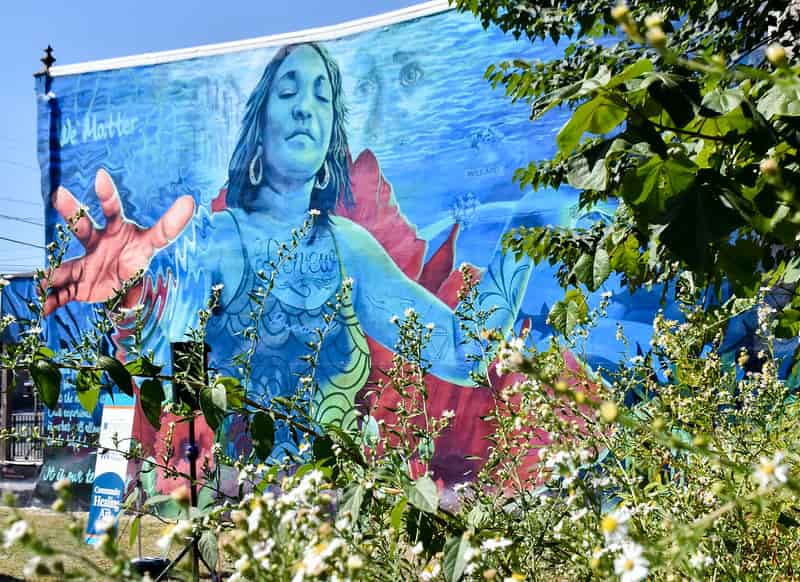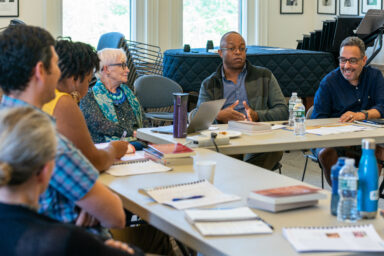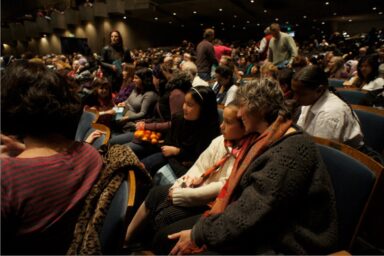Can you explain, in simple terms, how you or someone you know is changed by listening to music, watching a dance performance, looking at an artwork, or writing in a journal? I’d be hard-pressed to manage a coherent response.
It’s not easy to talk about how art transforms or how we are different because of it. Many who work in the arts, including those of us who do so because of our belief in the transformative power of art, lack a vernacular for communicating its impacts.
Where is the language? Is there a secret wordsmith hammering away somewhere, forging a new lexicon? To whom should we entrust this important work, and when is their paper due?
All joking aside, it’s no one’s job but everyone’s job to find and to learn a new language of value and benefits. After all, if we can’t communicate clearly and persuasively what art means to us, how can we expect others to gain a clearer sense of why they should get more involved and support
the arts at higher levels?
This essay suggests how and why we might begin to talk differently about the value and benefits of arts experiences, and it suggests a framework. Nearly everyone who works in the industry has a stake in the conversation. Artists wonder about the consequences of their work. Administrators and board members struggle to demonstrate how their work creates value. Marketers and fundraisers hone the language they use to invite support and participation. Funders strive to better define and assess outcomes, and city planners look for better ways to rationalize their investments in cultural assets.




